Most people think of breathing as automatic, and leave it at that. Yet the way we breathe shapes sleep quality, dental health, facial growth in children, and even how calm or alert we feel during the day. Training the lips to stay together is a small change that can change quite a lot.
This is where a simple elastic tape designed to encourage lip seal can help. It nudges the mouth to rest closed and guides air through the nose, while still allowing a small central opening for comfort and speech. Used correctly and consistently, it becomes a quiet coach at night and a gentle reminder by day.
Why train a closed mouth?
Nasal breathing is not just about where the air enters. The nose warms, filters, and humidifies every breath. It adds gentle resistance that supports the diaphragm, and it releases small amounts of nitric oxide which helps regulate the airways and blood flow in the lungs.
When the mouth hangs open for long periods, several things tend to follow.
- Snoring becomes more likely, because the jaw and tongue fall back.
- The throat dries out, leading to irritation and frequent waking.
- Dental issues such as decay and gum problems are more common with a dry mouth.
- In children, continued mouth breathing can influence jaw growth and crowding of teeth.
- Daytime symptoms, including tiredness or a feeling of breathlessness, can persist even after a full night in bed.
Training the lips to meet gently, the tongue to rest on the palate, and the air to pass through the nose is a simple foundation for better breathing. A device that makes lip seal automatic during practice and sleep can speed up the habit.
A closer look at the product
This tape sits around the mouth like a soft elastic ring. It does not cover the lips completely. Instead, it hugs the skin around them and lightly draws the lips together. The centre stays open so speech is possible and the user can sip water or release air if needed.
- It is typically made from a breathable, hypoallergenic elastic material.
- There are versions sized for adults and for children.
- Stretch helps adapt to facial movement, so the seal feels supportive rather than rigid.
That small central gap matters. Full occlusion can feel intimidating to first-time users, and it can be unhelpful for anyone with sensitive skin or anxiety around restriction. A tape that guides rather than blocks offers a friendlier starting point.
Who might benefit
Mouth closure training is relevant to many situations.
- People who wake with a dry mouth, sore throat, or a partner’s comment about snoring.
- Those using orthodontic treatment who want to protect results.
- Athletes and lifters working on nasal breathing for recovery and focus.
- Desk workers who catch themselves mouth breathing during concentration.
- Children who habitually breathe through the mouth during the day or at night.
There are also clear cases where caution is wise, and medical advice should come first.
- Untreated or moderate to severe obstructive sleep apnoea. Do not tape until a clinician has advised on a plan.
- Significant nasal blockage from polyps, severe congestion, or a deviated septum that limits airflow.
- Active vomiting risk, current respiratory infection, or a condition that raises aspiration risk.
- Skin disorders around the mouth, known adhesive allergies, or recent dermatological procedures.
For children, supervision is vital. A paediatric dentist, ENT doctor, or speech and myofunctional therapist can guide the process, check that nasal airflow is adequate, and pair taping with the right exercises.
Getting started: a practical plan
A gentle progression beats a heroic single night every time. Think of it as training a new resting habit.
Step 1: prepare the nose
- Clear both nostrils before practice. A saline rinse or a warm shower can help.
- Try a simple nose-unblocking technique: hold a small breath, nod gently, then breathe through the nose, repeating for a minute or two.
- If allergies are active, manage them first. A nasal steroid prescribed by a GP or pharmacist advice on antihistamines can make a big difference.
Step 2: daytime trials
- Sit upright, place the tape around the mouth so the lips meet softly, and breathe through the nose for 5 to 10 minutes.
- Read, type, or walk around the room. Normal activities build confidence.
- If anxiety rises, pause and practise slow nasal breaths without tape, then try again later.
- Repeat twice daily for several days.
Step 3: short naps and split nights
- Use the tape for a 20 to 30 minute nap, or the first half of the night only.
- Keep a small pair of blunt scissors and a glass of water by the bed.
- If you wake and want it off, remove it without hesitation. Control supports habit formation.
Step 4: full nights and routine
- Once daytime and short stints feel easy, use it through the night.
- Keep lips moisturised late afternoon, but avoid oil or heavy balm right before taping, which can weaken adhesion.
- Change the strip each use to keep the skin happy and the grip consistent.
Posture, tongue, and the bigger picture
Tape is a prompt. The real aim is a natural lip seal and a tongue that rests on the palate just behind the front teeth. Pairing the device with a few simple drills brings faster progress.
- Closed-mouth chewing: more time with raw vegetables or tougher food encourages stronger lip and tongue function.
- Tongue posture: press the full tongue to the roof of the mouth, hold for 5 to 10 seconds, relax, and repeat several times a day.
- Nasal cadence: try a 4-second inhale and 6-second exhale through the nose for five minutes, two or three times daily.
- Gentle jaw support: keep the jaw relaxed, teeth slightly apart, lips together at rest.
Myofunctional therapy, often guided by a specialist, can tailor these habits to a person’s anatomy and goals. Dentists with airway training and ENT clinics often know local therapists.
What the research says
The science of nasal breathing and oral posture is long-standing, while the specific data on mouth taping devices is more recent. A few themes stand out.
- Nasal breathing improves humidification and filtration, and encourages diaphragmatic control. These are biomechanical facts that help explain reported benefits.
- Mouth breathing is linked with higher rates of snoring and sleep disturbance in observational studies, and with dental issues including caries and gum disease.
- Myofunctional therapy has shown reductions in snoring and apnoea-hypopnoea index in several trials, especially in mild to moderate cases.
- Small trials and pilot studies on mouth taping report less snoring and fewer mouth breaths in sleep among selected groups. Sample sizes are often modest and follow-up periods short.
So, confidence in the mechanism is strong, and early data on these devices is encouraging. Anyone with suspected apnoea or significant daytime sleepiness should still seek a sleep study, because tape is not a substitute for CPAP, oral appliances, or surgery when those are needed.
How it compares to other options
There are many ways to encourage a closed mouth at rest. Each has strengths.
| Option | What it is | Pros | Considerations | Best suited for |
|---|---|---|---|---|
| Elastic tape around mouth with central opening | Stretchy adhesive placed around the lips, leaves a gap in the centre | Allows limited speech and sipping, gentle training effect, less claustrophobic | Single use, adhesive on facial skin | General training, confidence building, beginners and regular users |
| Full-coverage mouth tape | Non-stretch tape covering lips | Strong seal, minimal movement | Can feel restrictive, cannot speak or sip, higher anxiety for some | Experienced users who want maximum closure |
| Chin strap | Fabric strap supporting jaw upwards | No adhesive on skin, reusable | Can move during sleep, may not keep lips sealed, pressure on TMJ | People with sensitive skin or adhesive allergy |
| Oral appliance with lip shield | Mouthguard-style device that encourages lip seal | Reusable, combines dental support with lip closure | Cost, requires fitting, bulk in the mouth | Specific dental cases, bruxism with mouth breathing |
| Nasal dilator or strip | Device to open nasal passages | Improves nasal airflow, can be combined with tape | Does not address mouth habit by itself | Congestion, narrow nasal valves |
Some people combine a nasal dilator with elastic tape during allergy season or a cold. Others rotate approaches during the week to suit skin and comfort.
Safety, skin care, and comfort
A few small details keep the experience smooth.
- Patch test the adhesive on the forearm for 15 minutes before first use.
- Shave or trim facial hair close to the lips for reliable adhesion.
- Wash and dry the skin, then wait a couple of minutes so natural oils return slightly. Overly dry skin can be as tricky as oily skin.
- Remove slowly in the morning, supporting the skin with a finger as you peel.
- If redness appears, pause for a day, moisturise, and retry with shorter sessions.
- People with eczema, dermatitis, or known adhesive sensitivities should speak with a clinician before starting.
If you ever feel short of breath, remove the tape at once. Breathing should feel calm and quiet. Anxiety usually eases within a few sessions, but it should never feel forced.
Common questions
Is it safe to use during a cold?
If the nose is blocked, wait until airflow returns. A saline rinse, steam, and rest can help, but do not tape if you are struggling to breathe through the nose.
Will this stop snoring?
It often reduces mouth-based snoring because the lips stay together and the jaw does not drop. If snoring continues or if there are witnessed pauses in breathing, seek a sleep assessment.
What about braces, crowns, or veneers?
Because the adhesive sits on the skin around the lips, dental work is not directly involved. People with new lip piercings or recent oral surgery should wait until fully healed.
Can I use it every night?
Yes, if the skin tolerates it and nasal breathing is comfortable. Many people alternate nights during the first two weeks, then move to nightly use.
What if I need to speak?
The central opening allows short speech. If you need a longer chat or you feel uncomfortable, remove it.
Does it help during the day?
Short daytime sessions accelerate habit change. Use it for reading or focused work, and catch mouth breathing early.
Building a habit that sticks
Changing a default pattern takes repetition. A few strategies help.
- Link it to something you already do. Put the packet on your pillow as a visible cue at bedtime.
- Use a habit tracker. Tick off days, and aim for streaks rather than perfection.
- Keep training sessions short at first, then add time. Confidence comes from small wins.
- Pair with a morning check-in. Do you wake rested, with less throat dryness or stuffy nose? Note the difference.
If you share a bed, tell your partner what you are doing and why. Their feedback on snoring or restlessness is useful data.
For children and teens
Lip seal and nasal breathing support healthy growth of the jaws and face. A child who hangs the mouth open while relaxed, snores, or wakes with a dry mouth may benefit from training, but a professional assessment comes first.
- See an ENT doctor for nasal patency and adenoids. Allergies and enlarged adenoids are common drivers of mouth breathing.
- Ask a paediatric dentist or orthodontist about oral posture, tongue ties, and swallowing patterns.
- Work with a myofunctional therapist on age-appropriate drills.
Children’s versions of elastic tape are smaller and softer. Start only with daytime practice, under supervision, for a few minutes at a time. Night use should be introduced carefully, with the child able to remove it independently and fully comfortable with nasal breathing.
Pairing with other care
Taping on its own is helpful. It can be even more effective alongside targeted support.
- Allergy management through dust-mite control, air filters, or medication.
- Nasal care routines during winter and pollen seasons.
- Orthodontic plans that respect airway and oral posture.
- CPAP or oral appliances for diagnosed sleep apnoea. Some clinicians allow taped lips with nasal CPAP once patients are comfortable and safe, although this should be checked case by case.
Think of taping as part of an airway-friendly lifestyle. Better sleep, fewer mouth-breathing hours, and consistent nasal airflow all add up.
Small wins to look for
Early signs of progress often appear within a week.
- Less morning dryness in the mouth and throat.
- Fewer bathroom trips at night.
- Quieter breathing during sleep noticed by a partner.
- A calmer pulse and steadier breathing during daytime concentration.
Some people also notice fewer mouth ulcers or less halitosis, because moisture and saliva balance improve overnight.
A short case example
A 38-year-old runner with seasonal allergies woke with a dry throat and ran with the mouth open. He started with three daytime sessions of five minutes using an elastic lip tape, added a saline rinse each evening, and wore a nasal dilator on heavy pollen days. After ten days he used the tape for full nights, reported fewer wake-ups, and was able to complete steady runs breathing through the nose up to moderate pace. Allergy management remained part of the plan, and he kept a spare pack of tape in his gym bag for pre-run drills.
Choosing and using with confidence
Selection comes down to skin tolerance, comfort, and how much freedom you want while wearing it. A design with a central opening meets most needs, especially for those who are new to mouth closure training or who value the ability to speak briefly. Keep the focus on gradual practice, good nasal care, and the core skills of lip seal and tongue posture.
With patient, consistent use, the tape becomes background. The habit becomes the main act. And breathing through the nose, day and night, starts to feel like the body’s preferred setting.











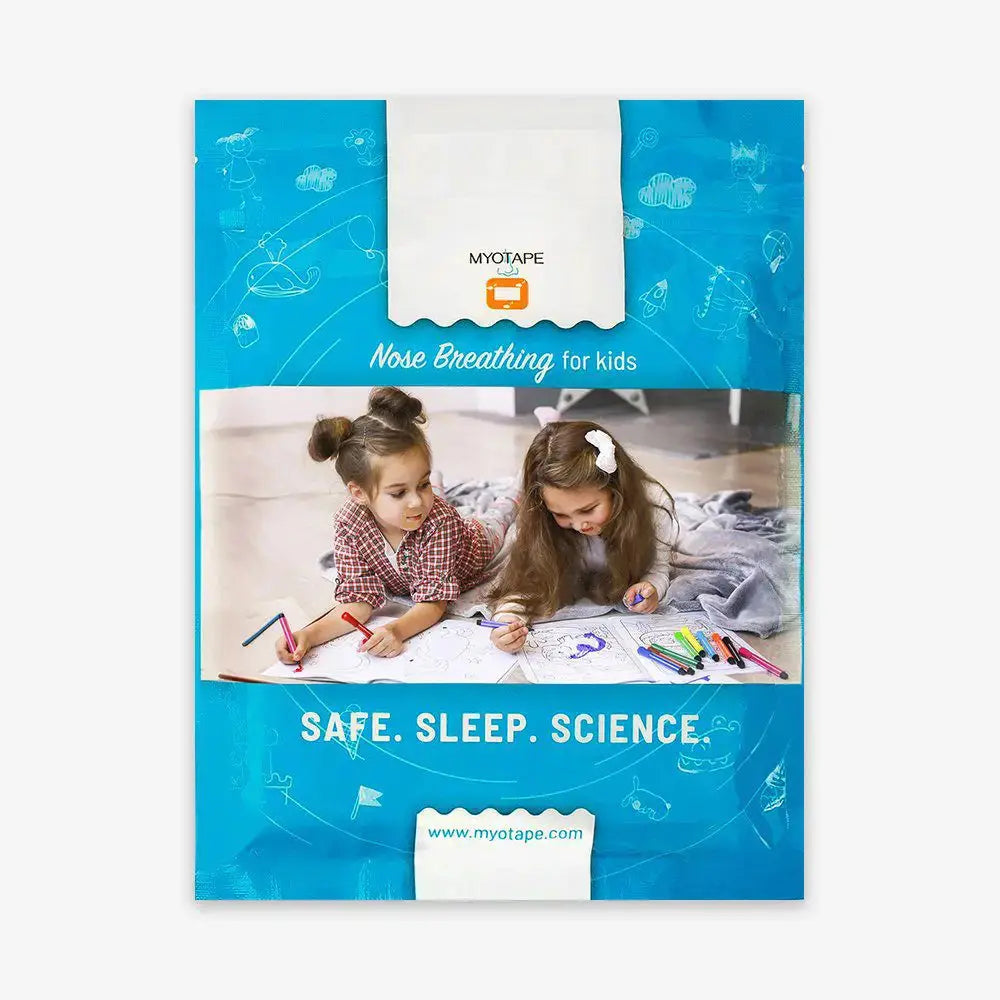
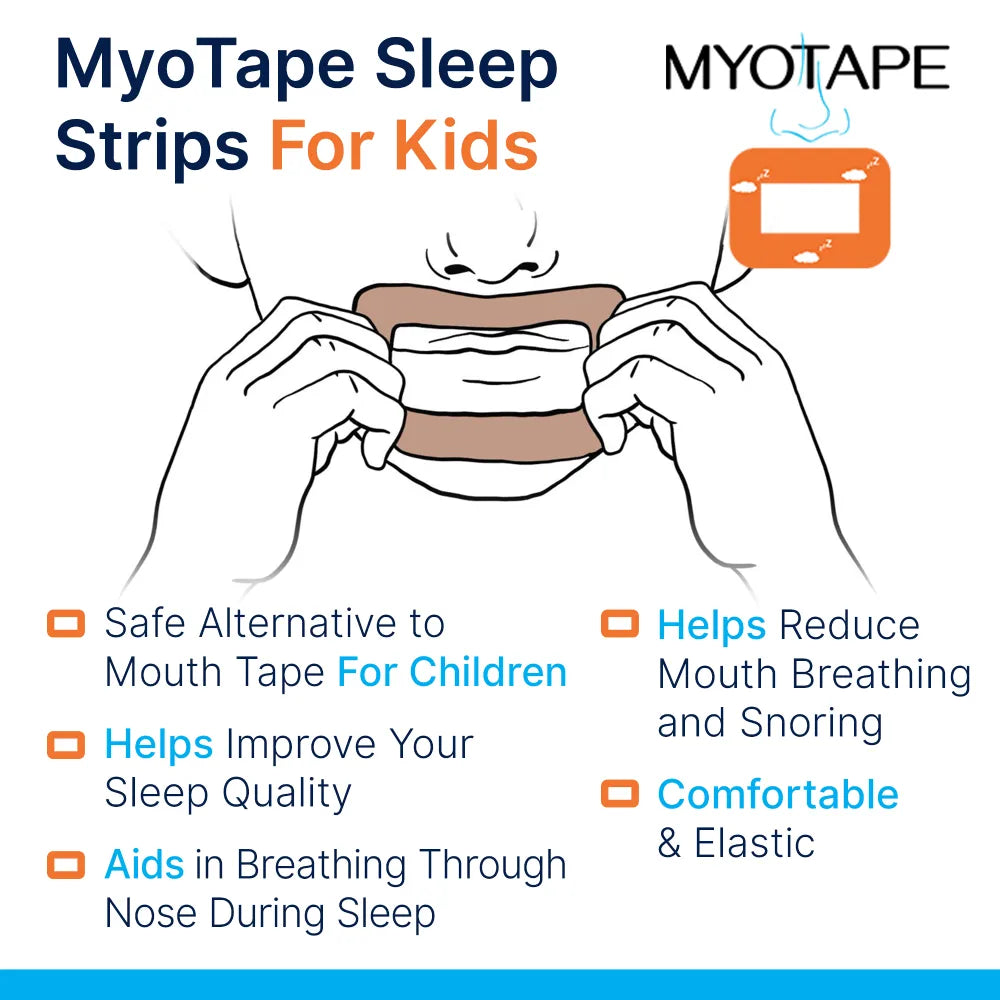
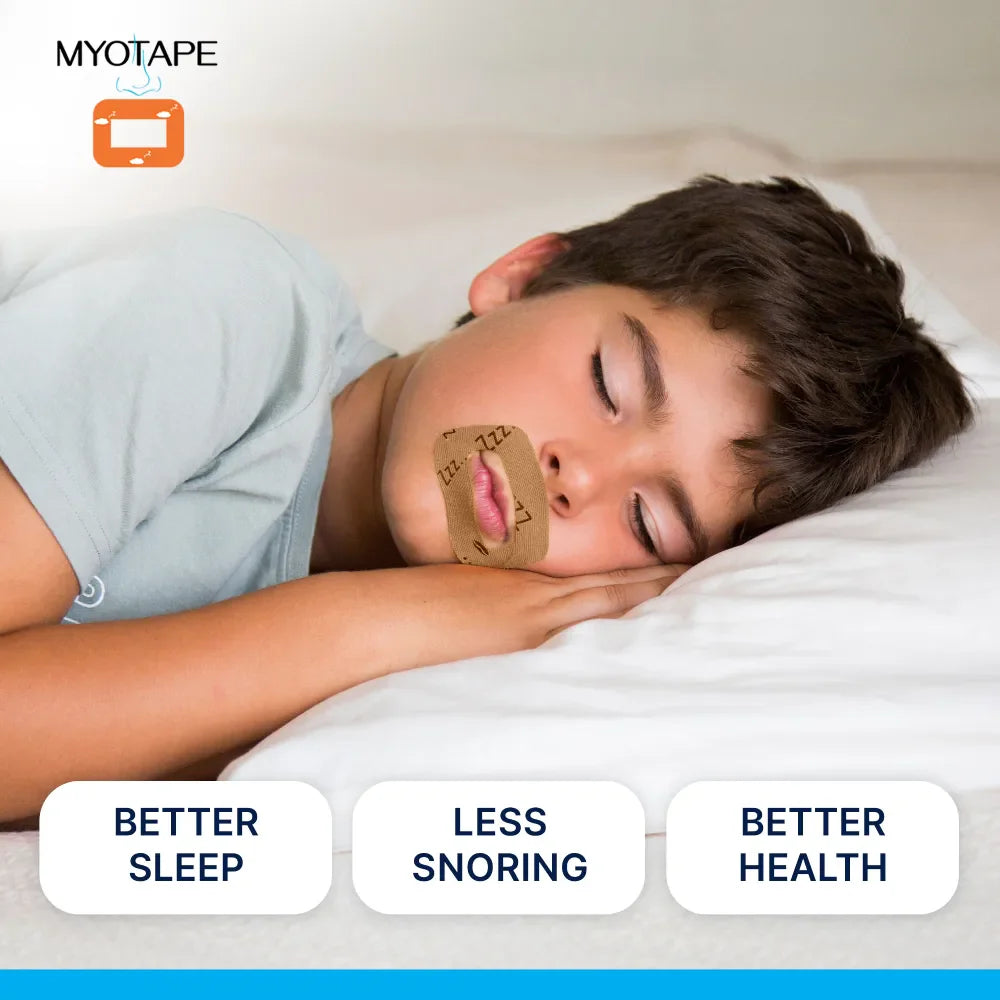
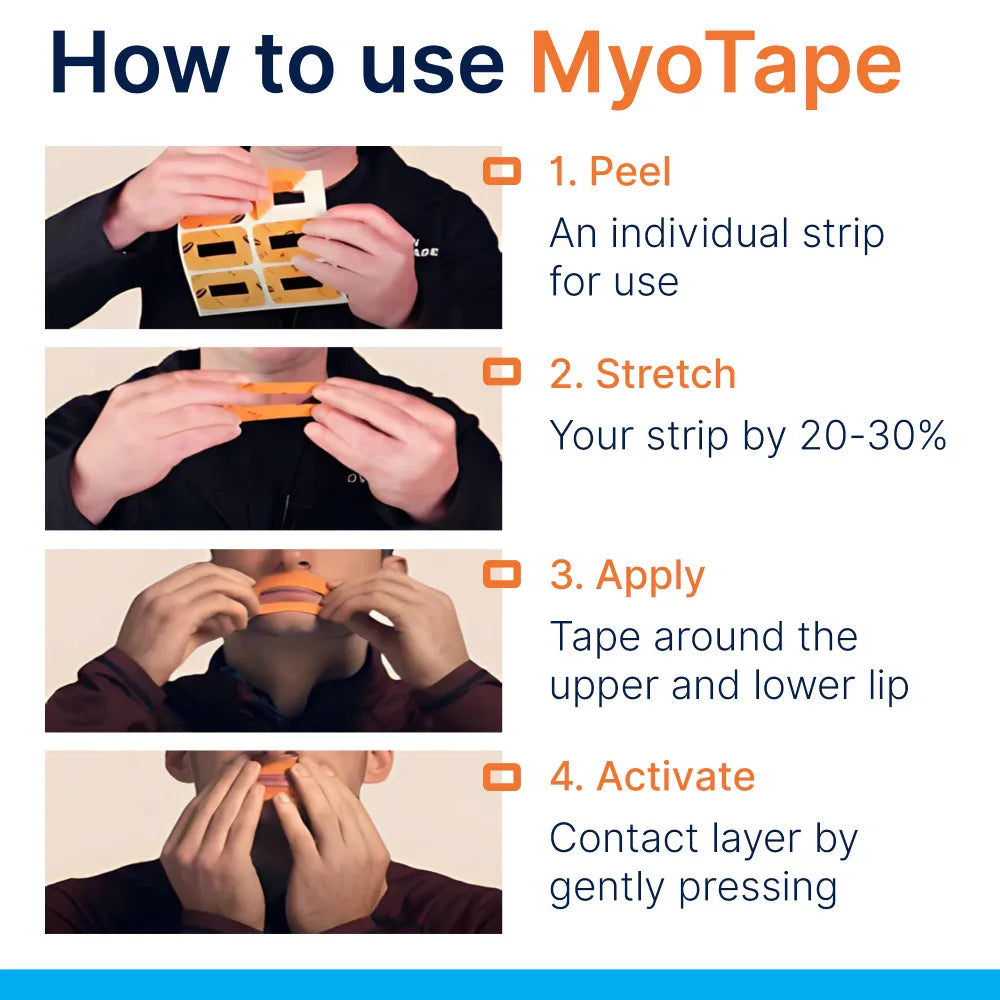
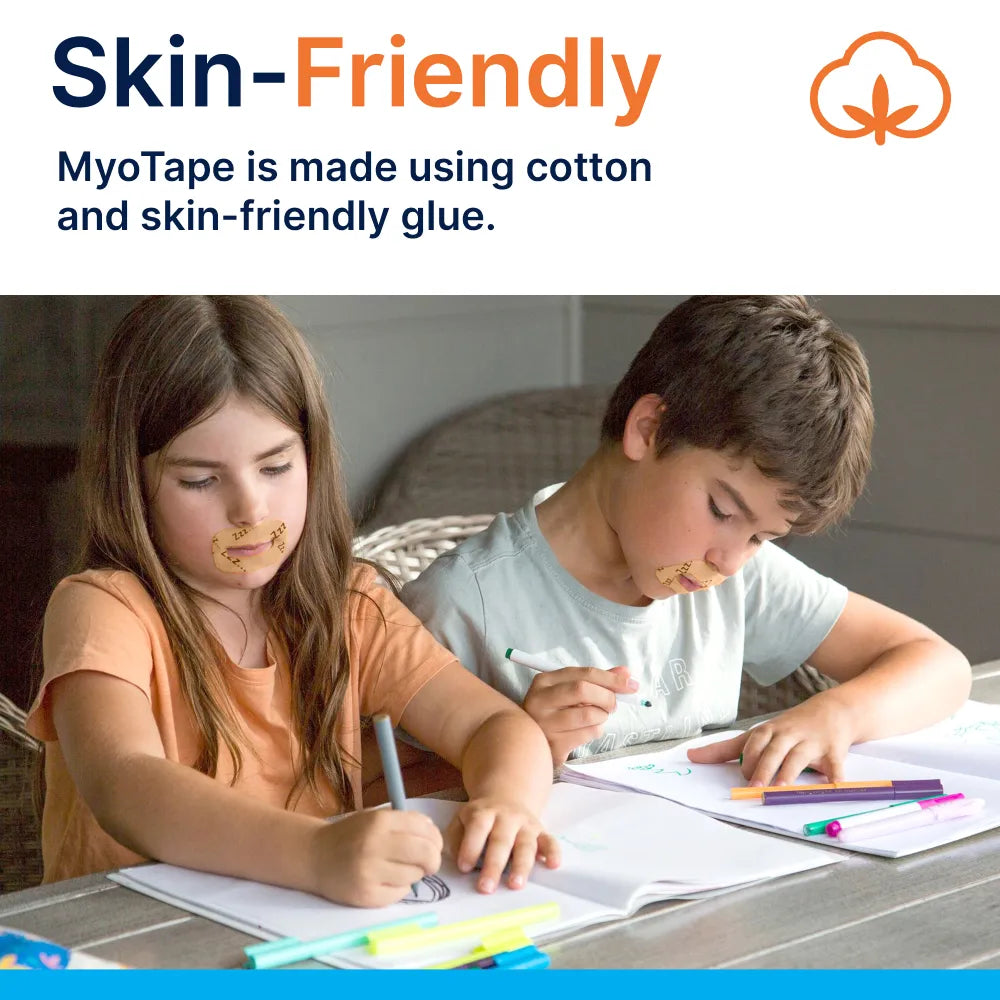










0 comments